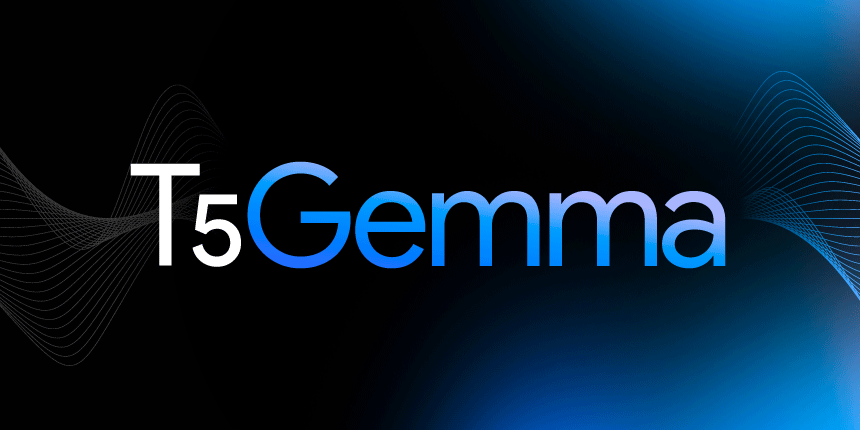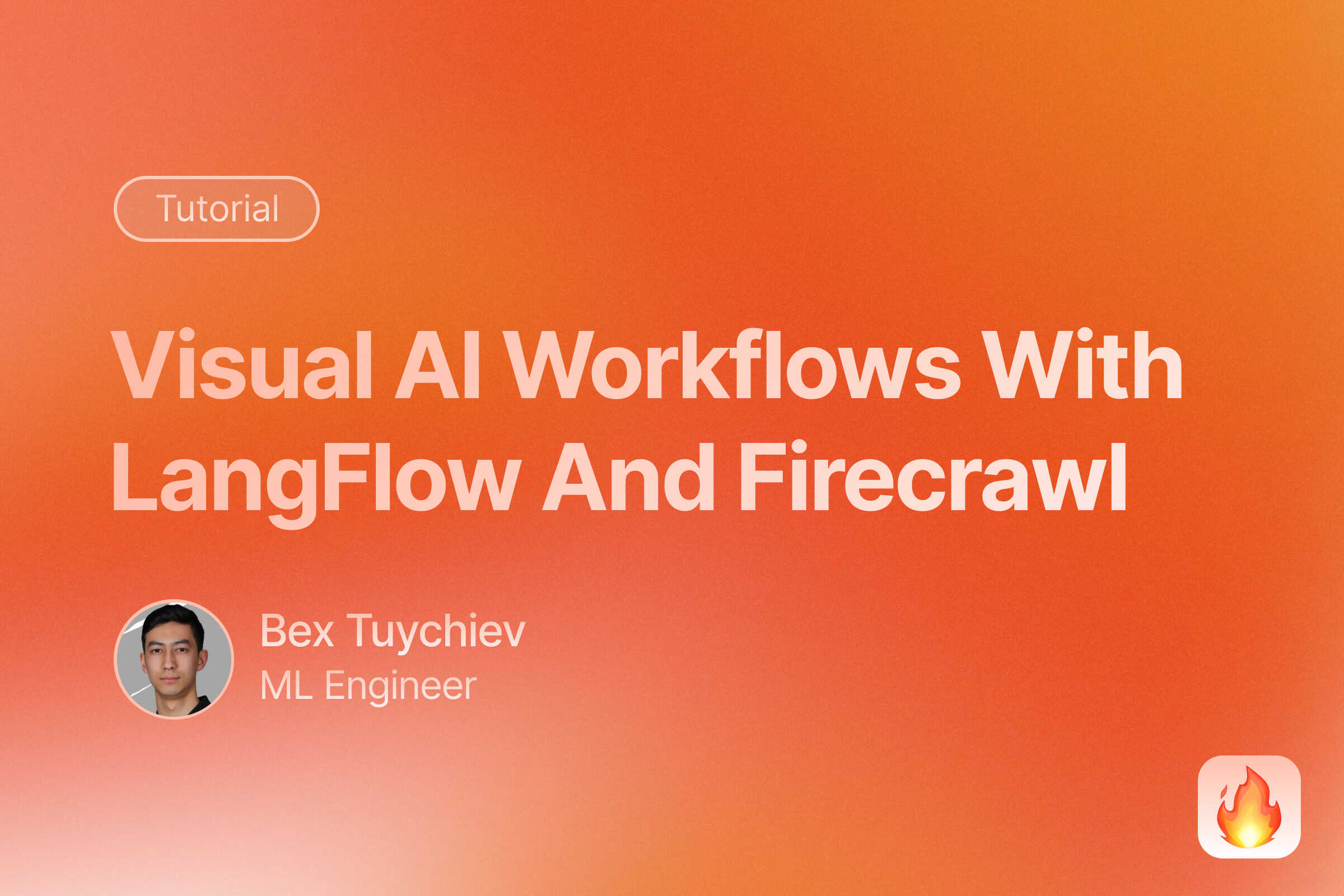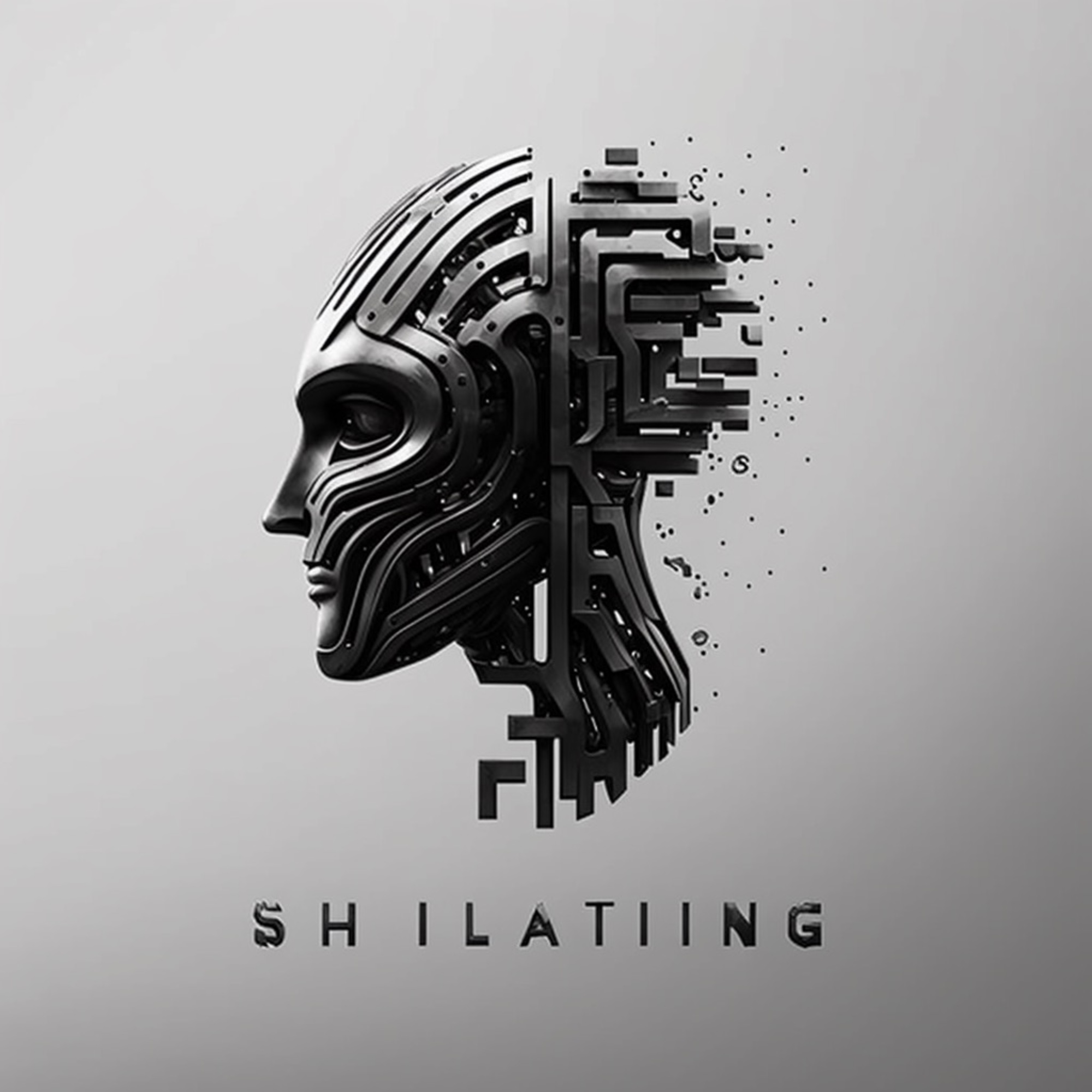
This article provides an in-depth report on the release of xAI's Grok 4, a new generation Large Language Model, and its claimed powerful capabilities. Musk asserts that Grok 4 achieves near-perfect scores on the SAT and GRE exams, reaching postdoctoral-level performance across all subjects. Grok 4's reasoning ability is enhanced tenfold compared to its predecessor, attributed to advancements in reinforcement learning and tool utilization capabilities. The article highlights Grok 4's state-of-the-art (SOTA) achievements in challenging benchmark tests, including HLE, GPQA, ARC-AGI, and Vending-Bench. It also showcases its multimodal and versatile capabilities in generating physical simulation animations, rapidly developing games, enabling voice interaction, and introducing new characters (Eve, Sal). Grok 4 is now available via the API, offering a 256K tokens context window, but it employs a high-cost annual subscription model, with the Grok 4 Heavy annual fee exceeding CNY 20,000.







